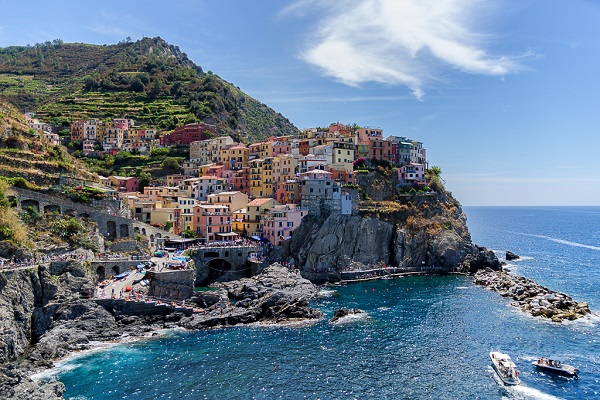Układ CSS — przykłady zmiennoprzecinkowe
Ta strona zawiera typowe przykłady zmiennoprzecinkowe.
Siatka pudełek / Pudełka o równej szerokości
Pudełko 1
Pudełko 2
Pudełko 1
Pudełko 2
Pudełko 3
Dzięki tej floatwłaściwości łatwo jest unosić pola z treścią obok siebie:
Przykład
* {
box-sizing: border-box;
}
.box {
float: left;
width: 33.33%; /* three
boxes (use 25% for four, and 50% for two, etc) */
padding:
50px; /* if you want space between the images */
}
Co to jest rozmiar pudełka?
Możesz łatwo stworzyć trzy pływające pudełka obok siebie. Jeśli jednak dodasz coś, co zwiększy szerokość każdego pola (np. dopełnienie lub obramowanie), pole pęknie. Właściwość box-sizingpozwala na uwzględnienie wypełnienia i obramowania w całkowitej szerokości (i wysokości) pudełka, upewniając się, że wypełnienie pozostaje wewnątrz pudełka i nie pęka.
Możesz przeczytać więcej o właściwości box-sizing w naszym rozdziale CSS Box Sizing .
Obrazy obok siebie



Siatka pól może być również używana do wyświetlania obrazów obok siebie:
Przykład
.img-container {
float: left;
width: 33.33%; /* three
containers (use 25% for four, and 50% for two, etc) */
padding:
5px; /* if you want space between the images */
}
Pudełka o równej wysokości
In the previous example, you learned how to float boxes side by side with an equal width. However, it is not easy to create floating boxes with equal heights. A quick fix however, is to set a fixed height, like in the example below:
Box 1
Some content, some content, some content
Box 2
Some content, some content, some content
Some content, some content, some content
Some content, some content, some content
Example
.box {
height: 500px;
}
However, this is not very flexible. It is ok if you can guarantee that the boxes will always have the same amount of content in them. But many times, the content is not the same. If you try the example above on a mobile phone, you will see that the second box's content will be displayed outside of the box. This is where CSS3 Flexbox comes in handy - as it can automatically stretch boxes to be as long as the longest box:
Example
Using Flexbox to create flexible boxes:
Tip: You can read more about the Flexbox Layout Module in our CSS Flexbox Chapter.
Navigation Menu
You can also use float with a list of hyperlinks to create a horizontal menu:
Example
Web Layout Example
It is also common to do entire web layouts using the float property:
Example
.header, .footer {
background-color: grey;
color: white;
padding: 15px;
}
.column {
float: left;
padding: 15px;
}
.clearfix::after {
content:
"";
clear: both;
display: table;
}
.menu {
width: 25%;
}
.content {
width: 75%;
}
More Examples
Let an image float to the right in a paragraph. Add border and margins to the image.
Let an image with a caption float to the right.
Let the first letter of a paragraph float to the left and style the letter.
Use float to create a homepage with a navbar, header, footer, left content and main content.
All CSS Float Properties
| Property | Description |
|---|---|
| box-sizing | Defines how the width and height of an element are calculated: should they include padding and borders, or not |
| clear | Specifies what should happen with the element that is next to a floating element |
| float | Specifies whether an element should float to the left, right, or not at all |
| overflow | Specifies what happens if content overflows an element's box |
| overflow-x | Specifies what to do with the left/right edges of the content if it overflows the element's content area |
| overflow-y | Specifies what to do with the top/bottom edges of the content if it overflows the element's content area |
